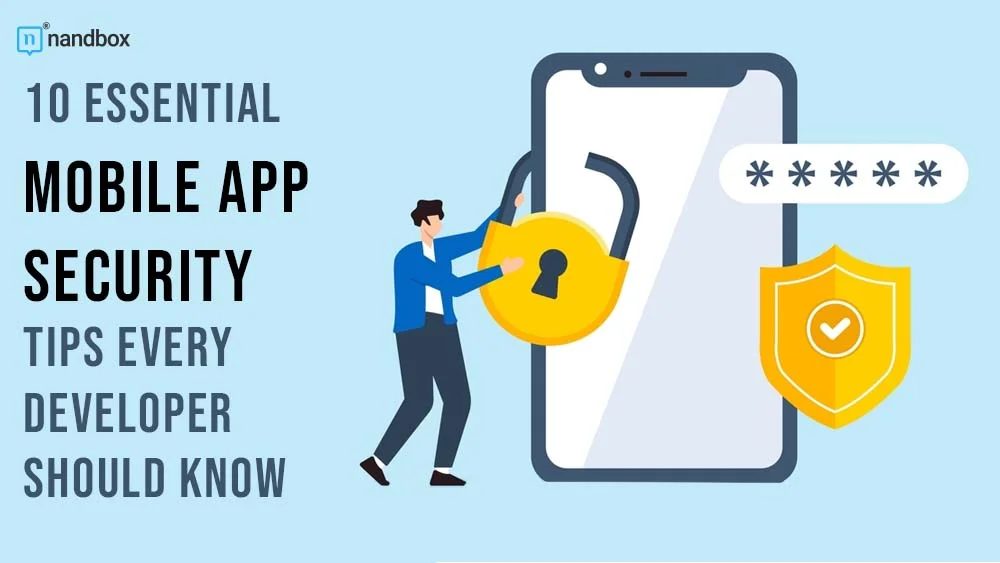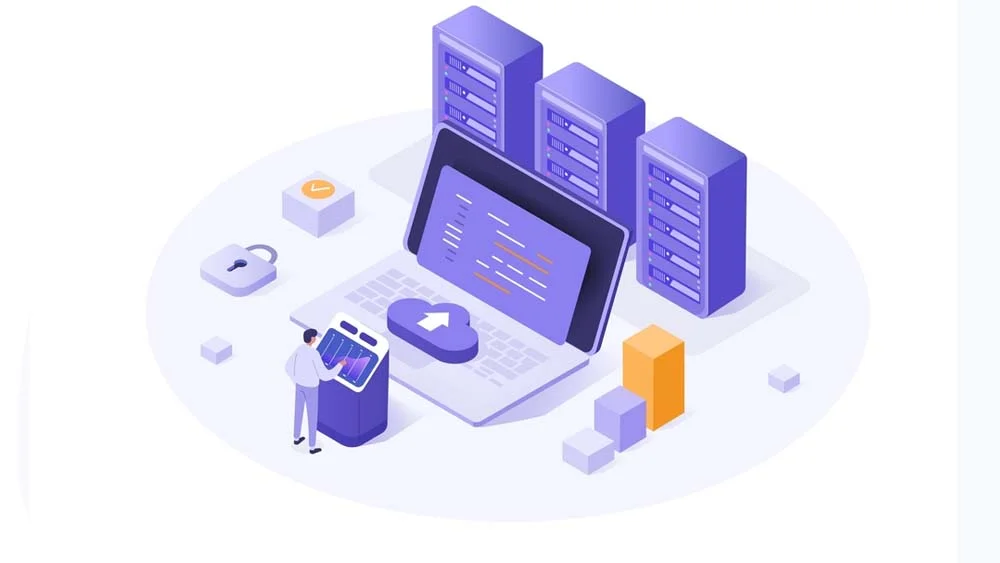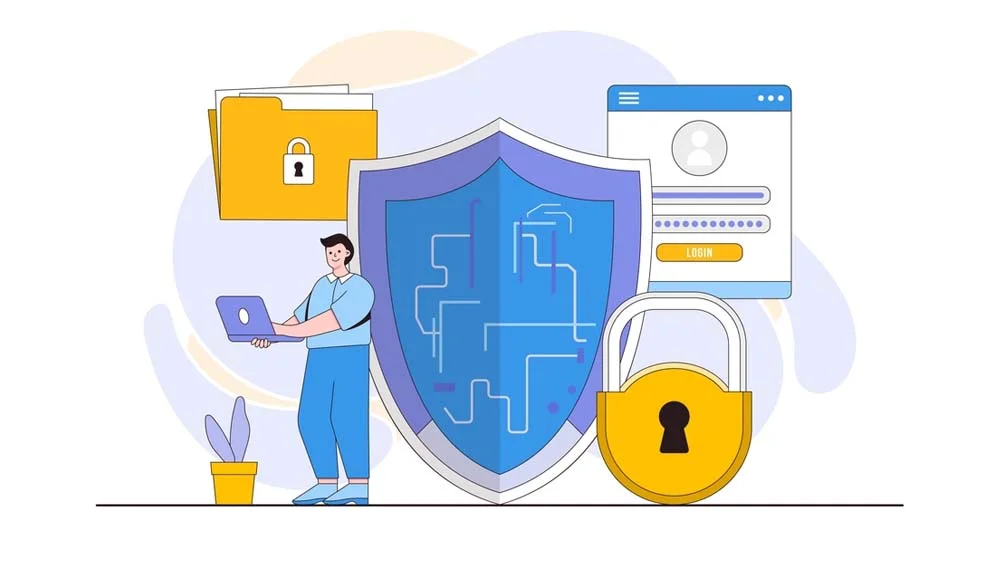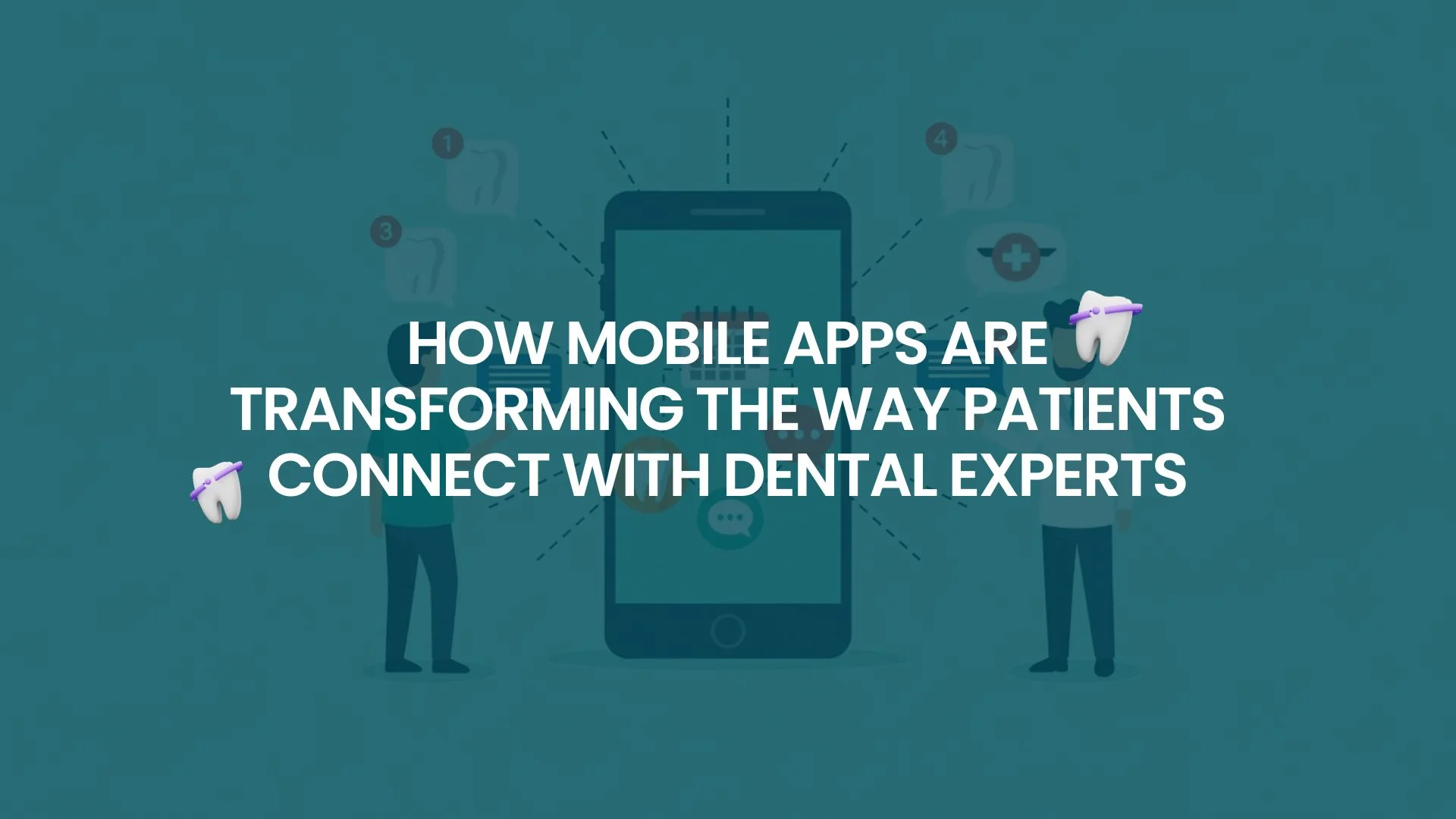Smartphones have become the standard for most people, making mobile apps a product and often a necessity for existing businesses to thrive. It’s become the standard for businesses to have downloadable apps for the user’s benefit. In fact, an app like Spotify has over 626 million users to date. That’s a good number of users and potentially data that needs to be protected. In Veracode’s State of Software Security 2024 Report, a whopping 83% of applications exhibited at least one security issue upon conducting an initial vulnerability assessment. Therefore, it is imperative to ensure that your mobile app is secure. Read on to discover what best industry practices and tips you can do to ensure your mobile app security and protect data effectively.
What is Mobile App Security?
Mobile app security refers to the practices and measures taken to protect mobile applications from threats and vulnerabilities that could potentially compromise many users’ private data or the app’s functionality. It encompasses various techniques and strategies to ensure mobile apps are secure from cyberattacks, data breaches, and malicious activities.
The Importance of Mobile App Security
Mobile application security has become increasingly important, especially as more people and businesses turn to mobile apps for personal, financial, and professional activities. Because mobile apps often handle sensitive and valuable information, they become prime targets for cybercriminals.
Without proper security measures, users and businesses can suffer from various threats and vulnerabilities. This means it’s even more important for developers to implement secure coding best practices into their workflows.
The Most Common Security Issues
Criminals can hack mobile applications in many ways to gain access to information. Here are some of the most common issues that mobile security teams and app developers should know.
1. Insecure Data Storage
Apps often store sensitive data, such as user credentials and payment details on a user’s device without proper encryption or security measures. Attackers can easily access information if the device is compromised or lost.
2. Weak Authentication and Authorization
Inadequate or improperly implemented secure authentication mechanisms allow attackers to impersonate users or gain unauthorized access to the app’s functions or data.
3. Phishing Via In-App Spoofing
Some mobile applications are vulnerable to phishing attacks where attackers can inject malicious UI elements like fake login screens to trick users into entering personal information to commit data theft.
An attacker can also overlay a fake login screen over a legitimate app to steal the user’s credentials.
10 Mobile App Security Best Practices
Security should be an ongoing process involving constant monitoring, testing, and updating. Here are some best practices developers can follow to reduce risks and protect customer data.
1. Secure Code Development
Writing software that mitigates security risks by adhering to best practices and guidelines can secure applications. You can do this by following guidelines from security standards like Open Web Application Security Project (OWASP) to avoid common vulnerabilities, such as buffer overflows, SQL injection, and XSS (cross-site scripting).
Obfuscate your app’s code to make it harder for attackers to attempt reverse-engineering the app or tampering with the code. Additionally, only requesting the permissions necessary for your app’s functionality reduces exposure to security threats.
2. Implement Strong Authentication Policies
Enforcing strong password policies can help guard data against increased security threats. To ensure users create strong passwords, minimum lengths, a combination of characters, and frequent password updates should be required.
Security protocols should include multi-factor authentication (MFA). This can include passwords and other passwordless authentication tactics, such as biometrics or OTP (one-time password) codes. OAuth and OpenID Connect are other industry-standard authentication methods that can help you manage access controls better.
3. Data Encryption
Encryption ensures that even if data is intercepted or accessed by unauthorized individuals, it cannot be understood or used without the appropriate decryption key. Strong encryption, such as AES-256 for data at rest and TLS 1.2/1.3 for data in transit, is a great approach.
Encryption keys can be securely stored using the mobile operating system’s key management features, such as iOS Keychain or Android Keystore.
Pro tip: Avoid hardcoding sensitive information directly in the app’s code, like API keys or passwords.
4. Secure APIs
Mobile apps commonly use APIs to send and receive data, access backend services, or interact with third-party services. However, if not adequately secured, APIs can become a vulnerable entry point for attacks, leading to data breaches, unauthorized access, and service disruption.
You can secure them in a few ways:
- Authenticate API requests to ensure only authorized users and apps can access your backend.
- Use HTTPS/TLS to ensure communication to secure data in transit.
- Only expose API to the necessary endpoints and ensure that they are well-protected against attacks such as injection and DDoS (Distributed Denial of Service).
5. Implement Proper Session Management
Poor session management can lead to hijacking, unauthorized access, and other security breaches. Therefore, securing sessions is crucial in mobile app security, particularly in apps that handle user data like banking, e-commerce, or healthcare applications.
Tokens with short expiration times, invalidated sessions upon logout, and only storing session tokens in local storage can make managing sessions more effective.
6. Regular Security Testing
Regularly conducting a mobile app security test ensures that the application and its supporting infrastructure (APIs, servers, databases, etc.) are safe from evolving threats.
There are several types of tests you can run.
- Penetration tests help identify and patch vulnerabilities before attackers can exploit them.
- Automated security scanning uses static analysis tools to detect vulnerabilities in your code during development automatically.
- Fuzz testing identifies potential crashes and weaknesses in the app’s code.
7. Use Secure Libraries and Frameworks
Using secure libraries and frameworks is a critical best practice in mobile app development. These libraries and frameworks provide pre-built functionality that simplifies development and reduces the need to write complex code from scratch.
Make it a point to frequently update third-party libraries, frameworks, and SDKs to the latest versions to patch any security vulnerabilities. It also makes good sense to use well-vetted and trusted libraries that follow secure coding practices. Avoid using deprecated or unmaintained libraries.
Pro tip: If not chosen or used carefully, libraries and frameworks can introduce vulnerabilities into the application.
8. Protect Data Storage
Without proper protection, user credentials and personal data can be exposed to unauthorized access, leading to privacy violations, data theft, or even identity fraud. The best practices for securing data storage involve implementing strong encryption, secure storage mechanisms, and regular audits to ensure data is protected against both internal and external threats.
Minimizing data storage, such as user credentials or personal information on the device, can help. When necessary, ensure it is encrypted. Additionally, you can use platform-provided secure storage mechanisms on mobile devices like iOS Keychain or Android Keystore to store sensitive information securely.
9. Minimize Data Exposure
Limiting the amount of sensitive data collected, stored, transmitted, and displayed in mobile applications reduce the risk of data breaches and unauthorized access. The principle behind this best practice is simple: the less sensitive data an app handles, the lower the risk of exposure in the event of an attack or security incident.
One of the best ways to approach this is to keep the amount of personal data collected to a minimum while complying with data protection regulations such as GDPR or CCPA.
10. Follow Platform-Specific Security Guidelines
Every mobile device has different security measures that developers should follow to protect the app from vulnerabilities and data breaches. These platform-specific guidelines are essential because they are optimized to take full advantage of the security features and capabilities offered by the respective operating systems.
Android for instance has guides from Google’s security best practices, including using Android’s built-in security features such as the Keystore, and adopting Google Play’s security guidelines. Meanwhile, Apple has security guidelines for iOS, such as leveraging the iOS Keychain and secure app sandboxing.
What to Look for in a Mobile App Security Provider
When choosing a mobile app security provider, there are several key factors to consider to ensure that they can meet the security needs of your application. The right provider should offer comprehensive services that cover all aspects of mobile app security, provide expertise, and have a proven track record of protecting apps against evolving threats.
Here are the most important things to look for:
1. Comprehensive Security Features
Ensure the provider offers a full range of security services that cover multiple aspects of mobile app security:
- Mobile application security testing: Providers should offer static application security testing (SAST) using reliable SAST tools, dynamic application security testing (DAST), and mobile application penetration testing to identify vulnerabilities throughout the app lifecycle.
- API security: Ensure the provider can secure APIs by identifying vulnerabilities in the communication between the app and backend services.
- Data encryption: They should offer solutions for securing data at rest and in transit using strong encryption techniques.
- Authentication & authorization: Support for MFA, secure session management, and identity management.
- Real-time threat monitoring: The provider should offer real-time threat detection, monitoring, and response for emerging risks like malware, zero-day vulnerabilities, and DDoS attacks.
2. Mobile-Specific Security Expertise
Ensure the provider has expertise specific to mobile application security, as mobile apps pose unique challenges compared to web applications. The provider should understand the intricacies of mobile operating systems (iOS, Android), mobile device management (MDM), and the security features inherent to mobile platforms (such as iOS Keychain and Android Keystore).
The provider should also offer secure, yet user-friendly, authentication mechanisms, such as:
- Biometric authentication
- OAuth & SSO
- Token-based authentication
3. Proactive Threat Intelligence
A good mobile app security provider should stay ahead of emerging threats by using threat intelligence. Look for providers who use:
- Machine learning and AI
- Threat intelligence feeds
- Zero-day protection
4. Data Privacy and Compliance
The provider should have a strong focus on data privacy and help your organization comply with global data protection regulations such as:
- GDPR (General Data Protection Regulation)
- CCPA (California Consumer Privacy Act)
- HIPAA (Health Insurance Portability and Accountability Act)
- PCI DSS (Payment Card Industry Data Security Standard)
5. Monitoring and Incident Response
The security provider should offer real-time monitoring, logging, and incident response to detect and respond to security events. 24/7 security monitoring, a clear incident response process in place in case a security event occurs, and dashboard reporting tools can make all the difference.
Conclusion
Today, billions of users rely on mobile applications for banking, shopping, healthcare, and communication. The risks associated with poor security practices are immense. From insecure data storage and weak authentication mechanisms to vulnerable APIs, developers must take a proactive approach to safeguard their apps from threats and ensure user trust.
By implementing secure coding practices, data encryption, regular security testing, and adhering to platform-specific guidelines, developers can significantly reduce vulnerabilities and protect sensitive user information.






